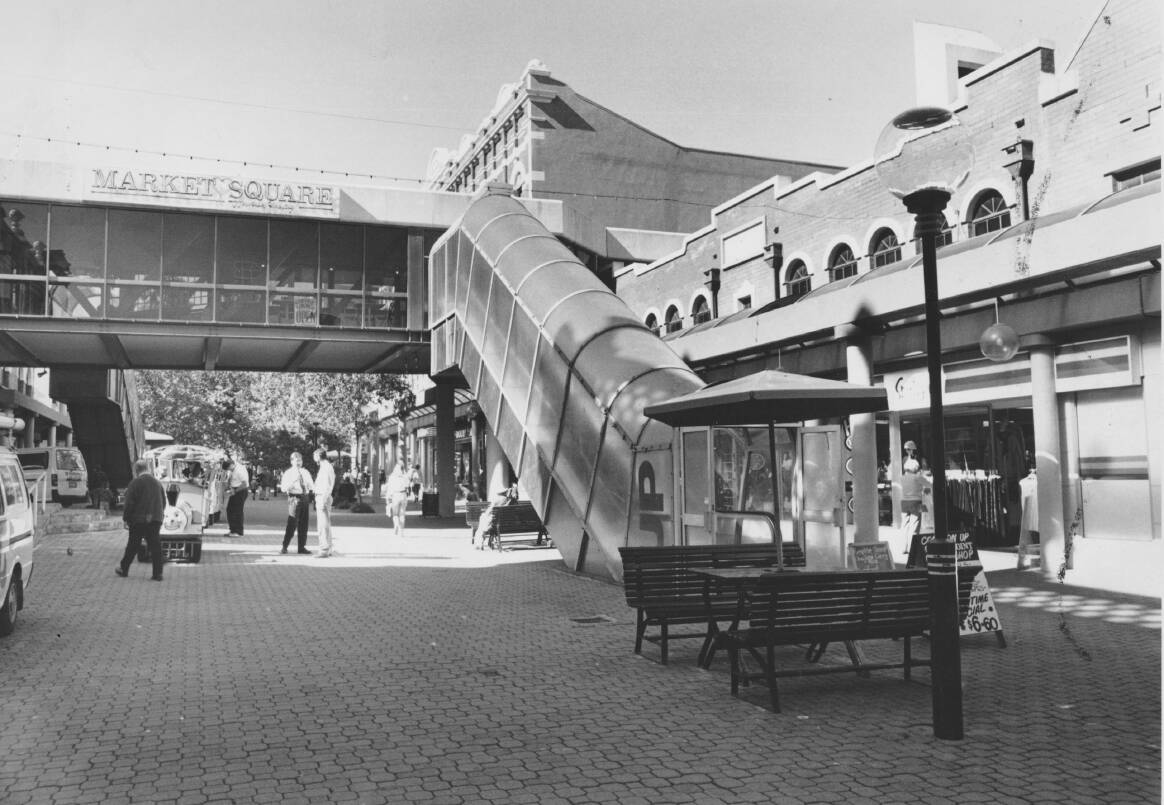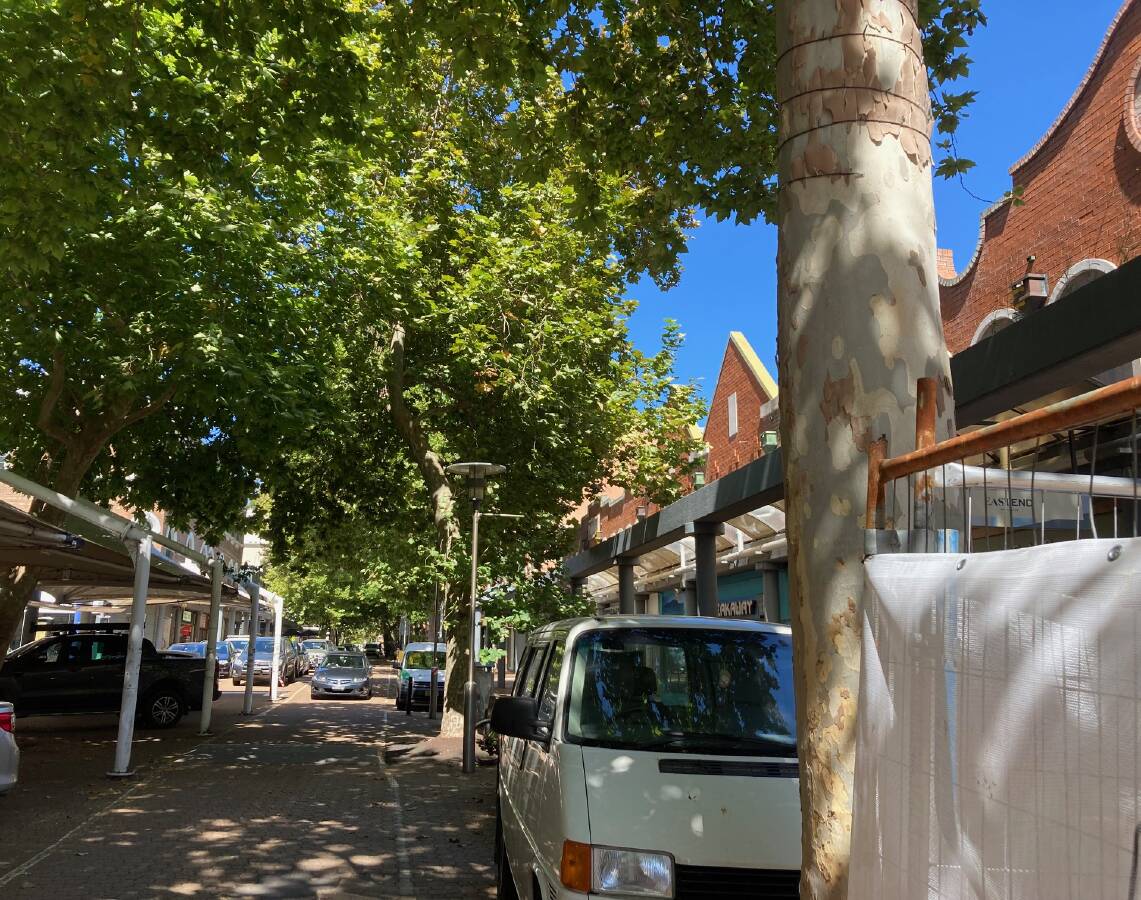
WE better all get used to change because it's always happening.
This was forcefully slammed home to me the other day while strolling through the old Hunter Street Mall in what was once central Newcastle, or the former CBD.
Compared to more than 40 years ago, it's completely unrecognisable. Trucks and workers are everywhere and so is the scaffolding to transform several old inner-city blocks east of Perkins Street into tall new apartment buildings and upmarket shops.
This prestigious, multimillion-dollar redevelopment is being marketed as East End, which I've always believed began much further east, from Watt Street onwards. But that's another matter.
This latest mega development of Newcastle's former central business district is, however, just a case of history repeating itself, for the fourth time, but on a much broader, grander scale.
This time nobody can fail to be impressed by the scope of the new mammoth project which has involved transforming the former David Jones building into a luxury new hotel called QT. And in the process, the landmark DJ's car park has even been swept away as has Newcastle City Council's own King Street car park and the block once housing the old Lyrique Theatre (its facade still survives, however).
It's all to be expected as the city's business hub has gradually shifted down to the Honeysuckle precinct. Even the law courts of Newcastle have moved west.
All of which brings me back to the last inner-city revitalisation around Market Street, now probably almost forgotten, almost 43 years ago.
For In a blaze of publicity back in 1980, a new business era was heralded off the middle of the Hunter Street Mall with the official opening of the New Market Square Shoppingtown located directly opposite Market Street. (It also involved much demolition, including the once beloved Strand Theatre).

Market Square was opened with much pomp by the then NSW Premier Neville Wran on Monday, November 17, 1980, with the project later expanded with aerial bridges.
Some Novocastrians with long memories might even recall something on the wall above the small escalators leading up into the present shell of the now almost empty shopping precinct.
The last time I looked it was still there. It's a tarnished metal plaque fixed to the wall near the expired escalators to commemorate the historic occasion, although I can't see it being there for much longer. That 1980 re-development was the brainchild of the Kern Corporation. Remember them?
Way, way back in time, however, this land was previously the site of the 19th century city markets with its impressive twin towers seen in photographs of that bygone era. This same site at one stage was also later touted as the possible new site of Newcastle City Hall during a design competition. From memory, the colonial architect involved was none other than the legendary Frederick Menkens, but the project never went beyond competition judging so the plan evaporated, although the elaborate plan still exists in the city archives.
Long before, that same prize portion of old central business district had been the site of a small, unknown cemetery plus a very early coalmine, according to reports.
All in all, this story is sort of a pretext, a bit of an exercise in nostalgia to re-use today's picture, now made remarkable by the passage of time. Taken in the middle of the Hunter Street Mall. It was snapped about 30 years ago.
How times change. Now the Hunter Street Mall is open to cars and planted with an avenue of big leafy trees. We take it for granted these days, but it wasn't always that way and today's picture of our recent yesteryear is sufficient proof.
Today's rare and now unintentionally historic picture, probably taken in the early 1990s is very revealing, remembering when pedestrians, not cars, ruled the roost. Look closely at the photograph and you might be able to spy a novelty children's steam train trundling down over the special brick patterned street.
Depicting the middle of Hunter Street Mall, just down from Newcomen Street, the picture shows an unusual scene with an overhead walkway there serviced by two escalators.
This same long, fancy walkway actually then extended north, stretching all the way down Market Street, even arching over busy Scott Street and the then active railway lines to nearby Queens Wharf. But it's all long gone now, including a fairly controversial, tiny mall fountain comprising some odd brick circles. Ah, memories.
The same street scene today is almost totally obscured by trees and the walkway and mall escalators are long gone. Wasn't there a restaurant up there somewhere as well?
But that's the price of progress, I guess.
BURIED AIRCRAFT
REMEMBER the recent story on this page about missing Hunter Valley aircraft? It partly concerned old aeroplanes said to have been used for fire practice and then buried on the site of the present Williamtown civil airport after World War 2.
There was an intriguing follow-up. It came in the form of an email to me, starting with the information that as "as a former WRAAF clerk equipment sergeant I can offer some credence to the rumours of aircraft being buried in the bush on the base at Williamtown".
She wrote that soon after her arrival at the base in the late 1950s she was told about some unusual happenings in the RAAF base area by an equipment warrant officer named Jack S.
The RAAF officer pointed to an area where the Williamtown commercial terminal now stands and he told how he helped bury a crate (or crates) of surplus aircraft there after World War 2 (1939-45).
"He did identify what the type were but over the years I have forgotten and feel that they were either Hurricanes or Kittyhawks. They were definitely not Spitfires... I would never forget such a thing," my contact said.
"During my time at Williamtown, in the area where the commercial terminal now stands, was a very large hole bulldozed for the sole purpose of burying surplus and unrepairable equipment assessed by the BOS (Board of Survey) as unserviceable, or of no further use."
She also said that someone she knew well later admitted to the highly illegal practice of using a fishing line to retrieve a magnetron from a Sabre Jet aircraft in this same deep hole.
"Every time I pass through the terminal I think of W/Officer Jack and his crates of aircraft," she added.
This same site has been greatly transformed over the years since the end of WW2. But it's still very interesting information, don't you think?







